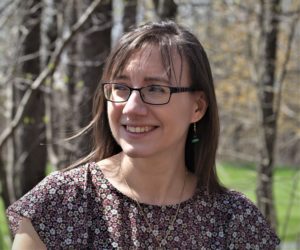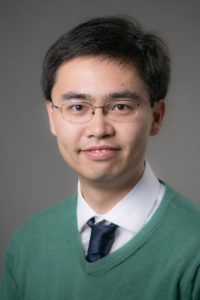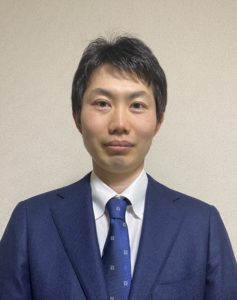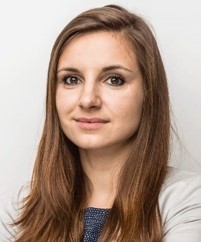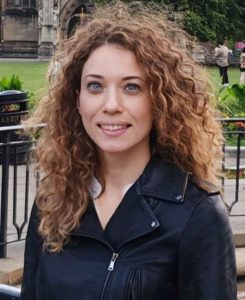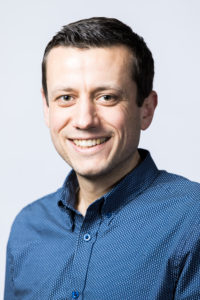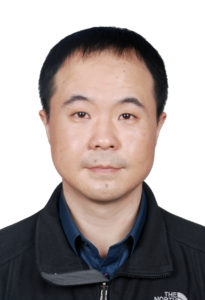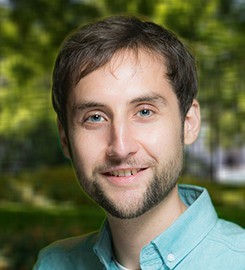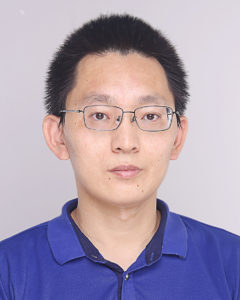
Dr. Xinpeng Xu received his B.S. in physics from Wuhan University in 2008 and Ph.D. in Nano Science and Technology from the Hong Kong University of Science and Technology (HKUST) in 2012. After several years of post-doctor experiences in HKUST, Weizmann Institute of Science, and Technion-Israel, he joined the physics program in GTIIT in the fall of 2017 as an assistant professor. His main research interests lie generally in the theory of soft matter and biological systems in close collaboration with experiments. His recent research focuses on the structure, phase behavior, and dynamics of soft matter composite such as colloidal suspensions, polymer solutions/gels, animal cell-matrix systems, using the approaches of continuum mechanics and statistical thermodynamics.
Read Xinpeng’s Emerging Investigator article “Onsager’s variational principle in active soft matter” and check out all of the 2021 Soft Matter Emerging Investigator articles here.
How do you feel about Soft Matter as a place to publish research on this topic?
Soft Matter is one of the most important and decent peer-reviewed interdisciplinary journals in the field of soft matter and biological systems. In the past decade, active soft matter has become a major research subject for soft matter physicists, through close collaboration with biologists and chemists, etc. Our work is about the field theory of active soft matter and its applications, which fits the general interests of the audience of Soft Matter.
What aspect of your work are you most excited about at the moment and what do you find most challenging about your research?
In the past decade, active soft matter has become a major research subject for soft matter physicists, through close collaboration with biologists and chemists, etc. The basic idea is to bring the study of active matter into the fold of condensed matter physics based on the consideration that the collective behaviors of active matter emerge from the interactions among the constituent self-propelling units and the dissipation mechanisms operating inside the system. In particular, soft matter physics provides a lot of useful model reference systems for active matter, such as liquid droplets, colloid suspensions, nematic liquid crystals, polymer gels, and surfactants, etc. The major challenge is then to couple these reference systems with active and specific molecular processes in a thermodynamically-consistent way. To tackle these challenges, we showed that Onsager’s variational principle (OVP), based on linear irreversible thermodynamics and widely used in the dynamic modeling of inert soft matter, can be simply extended to include biochemical activity and conveniently applied to study the emergent structures and dynamics of active soft matter. OVP can not only help to formulate thermodynamically-consistent models, but can also be used to find approximate solutions for the complicated active soft matter dynamics.
In your opinion, what are the most important questions to be asked/answered in this field of research?
What are the application range and limits of the active field theory based on linear irreversible thermodynamics in understanding the emergent phenomena in living biological systems?


